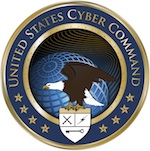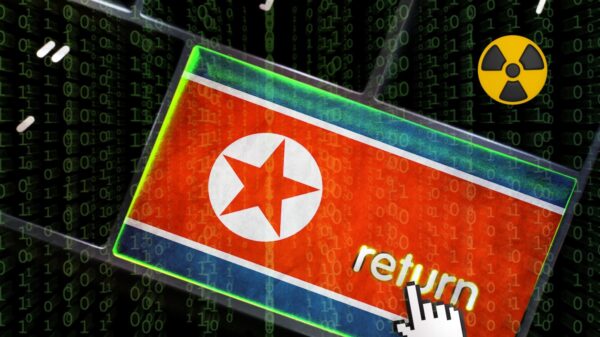CYBERCOM Now Fully Operational
After missing the October 1st deadline of fully operational status, the Department of Defense announced this week that U.S. Cyber Command has achieved its “full operational capability” (FOC).

What does “fully operational” mean? According to the Department of Defense, achieving FOC involved U.S. Cyber Command completing a number of critical tasks to ensure it was capable of accomplishing its mission. U.S. Cyber Command is responsible for directing activities to operate and defend DoD networks.
Cyber Command reached its “initial operational capability” on May 21, 2010.
“I am confident in the great service members and civilians we have here at U.S. Cyber Command. Cyberspace is essential to our way of life and U.S. Cyber Command synchronizes our efforts in the defense of DoD networks. We also work closely with our interagency partners to assist them in accomplishing their critical missions,” said Gen. Keith Alexander, commander of U.S. Cyber Command.
Some of the critical FOC tasks included establishing a Joint Operations Center and transitioning personnel and functions from two existing organizations, the Joint Task Force for Global Network Operations and the Joint Functional Component Command for Network Warfare. U.S. Cyber Command’s development will not end at FOC, and the department will continue to grow the capacity and capability essential to operate and defend our networks effectively. There are also enduring tasks that will be on-going after FOC, such as developing the workforce, providing support to the combatant commanders, and efforts to continue growing capacity and capability.
Based at Fort Meade, Maryland, Cybercom merges the offensive and defensive sides of Department of Defense cyber world into one organization for the benefit of both sides, said Army Gen. Keith B. Alexander, who also is director of the National Security Agency.
A sub-unified command under U.S. Strategic Command, Cybercom has about 1,000 servicemembers and civilian employees. The command has a budget of about $120 million this year, and is scheduled to receive approximately $150 million in fiscal 2011.














